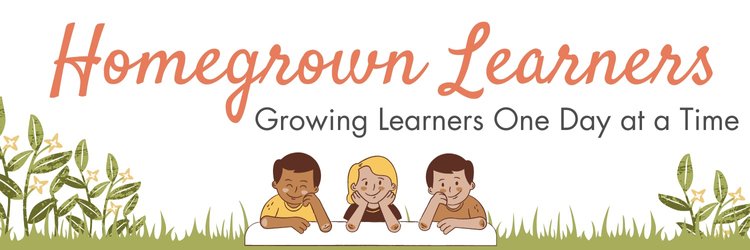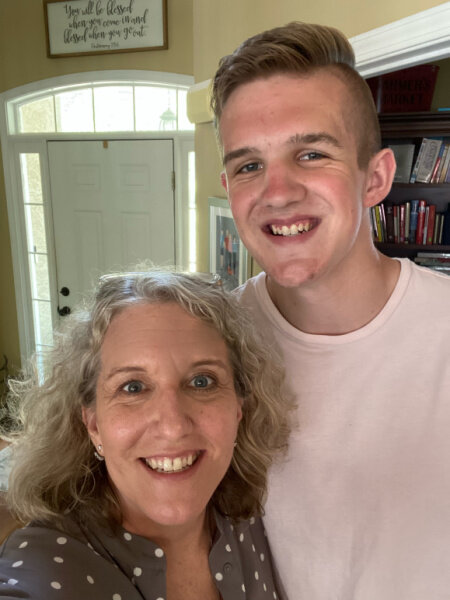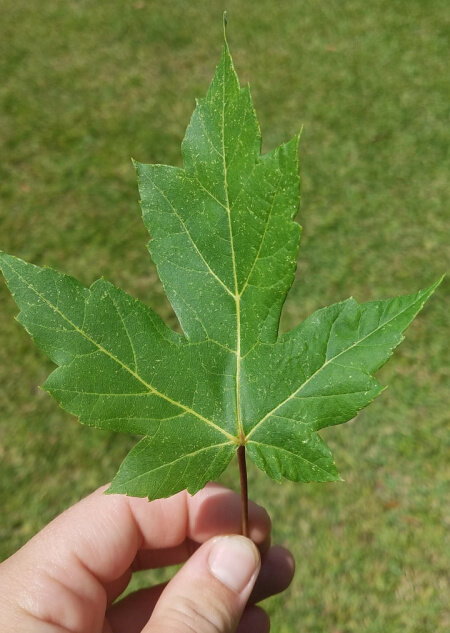Morning Time has been an important and valuable part of our homeschool for many years.
I need to confess something, though - a successful Morning Time hasn’t always been easy.
There were seasons when it was just hard to keep my children engaged in something TOGETHER for even 30 minutes at the start of the day. Or, there were seasons when I didn’t have the motivation to get up each morning and have an effective Morning Time.
Now, let’s add teen homeschoolers to the mix, and Morning Time was sometimes elusive.
As we are nearing the end of our home education journey, however, I can say with confidence that Morning Time has been the single most important component of our homeschool. It has helped keep the wonder alive.
Let’s reframe Morning Time. It isn’t something “extra”. It is a consistent part of our homeschool - just as consistent as math, reading, and all the other things we require our children to know.
Morning Time is a set-aside time at the beginning of each day for us to focus our hearts on God, each other, and a shared learning experience. Sometimes that shared experience might be a read-aloud. Other times it might be listening to music or doing picture study.
That’s the beauty of it, really - you can designate a time each day to focus on things that are of importance to your family.
And, as our children enter high school, they need this time EVEN MORE! (If they tell you they don’t need it, gently exercise your role as the teacher to encourage their attendance.)
Why Is Morning Time Important For High Schoolers?
Despite their increasing independence and natural pulling away from the rest of the family, our teens still long to be connected with others.
Morning Time sets the tone for their day. It demonstrates to them that we still value their input and companionship. That time at the beginning of the day allows us to check in with our teen and feel the pulse of their life.
Schoolwork in the high school years can become more formal and serious, and I believe our teens still enjoy more child-like things (like a silly read-aloud, thumbprint art, or simple math games) that really have a place during Morning Time.
How to Make Morning Time Successful With High Schoolers
No child (teen or otherwise) is perfectly compliant. Your high schooler may not be on board with a Morning Time (ask me how I know), so you might have to use some strategies to entice them to join you.
Even if you do have a child who is very willing and compliant, these tips are still helpful:
Designate the SAME TIME each morning. All ages of children crave routine and consistency.
Create an inviting environment - include favorite foods and comfy pillows and blankets.
Give your teens a sense of ownership - let them lead the devotion or decide on a specific activity for your Morning Time.
If you have younger children as well, allow your teen to participate in part of Morning Time, and then excuse them so they can begin their schoolwork.
If early morning doesn’t work well, find a time that does! Maybe you want to have lunch learning time instead. Just because the buzz words are “Morning Time” doesn’t mean it has to be in the morning!
What Our Morning Time With A High Schooler Looks Like
This year I am so fortunate to have my husband participating very actively in our homeschool. He joins us for Morning Time, and that has made it a very natural thing for my 16-year-old son. It’s actually an “extended breakfast time” in our house.
A typical Morning Time looks like this:
We gather around 8 a.m. with breakfast — my husband is a breakfast cooker, so many days we have a warm breakfast to enjoy during our Morning Time.
Devotions are read first - we’ve been using Portals of Prayer for years. I love that it aligns with our faith and has a theme each month.
Next, we watch World Watch News - this is new for us this year and we are all LOVING it. It is a 10-minute daily news program from a Christian worldview. The news stories, however, are told without political bias.
A read-aloud comes next. (I’ll give a list of books we have enjoyed in the resources section of this post)
As we are cleaning up I usually play the piece from the SQUILT listening calendar for the day - because when your mom is the curriculum author that is just what you do!
Morning Time has been something I look forward to each day. I find us joking about something from our read-aloud during the day, or referencing something from the devotion or news program.
The shared learning experiences are of tremendous value to my teen. They are of tremendous value to us as a family.
Ideas for Morning Time with High Schoolers
You don’t need fancy plans or a curriculum. I suggest just a few things (maximum of 3-4) you can share to start your day.
There have been times when I try to coordinate a bit with our curriculum (read alouds in particular), but sometimes what we are doing in Morning Time is completely separate from the curriculum.
Consistency is the key. Including things of beauty is necessary.
Lots of love is always required.
Be creative with your Morning Time. Does your teen have ideas for what to include?
read-alouds (see my list below)
20 Read Alouds for High Schoolers
We’ve read each of these books and I can recommend them without reservation.
Some are classics. Some are humorous. Some are poignant.
I believe it is good to have a variety of books in our read-aloud repertoire. We have wonderful memories of silly voices done in Huckleberry Finn and Pride and Prejudice (we did what it took reading that one with a teen boy!). We have shed a tear or two during books by Michael Morpurgo. And, we’ve had excellent family discussions after reading The Chosen.
Chosen[By John Knowles ] A Separate Peace (Paperback)【2018】by John Knowles (Author) (Paperback)Homer H. Hickam: Rocket Boys : A Memoir (Paperback); 2000 EditionFallout: Spies, Superbombs, and the Ultimate Cold War ShowdownA Long Walk to Water: Based on a True StoryFish in a TreeFreak the Mighty 20th Anniversary Edition by Rodman Philbrick (2013-08-27)Michael Morpurgo Collection 12 Books Box Set (Farm boy, Born to Run, Shadow, An Elephant in the Garden, The Amazing Story of Adolphus Tips...Adventures of Huckleberry FinnNeil Gaiman: The Graveyard Book (Hardcover); 2008 EditionPaul Brand: Helping Hands (Christian Heroes: Then & Now)Fearfully and Wonderfully Made: A Surgeon Looks at the Human & Spiritual Body[(Homeless Bird )] [Author: Gloria Whelan] [Sep-2001]Jefferson's Sons: A Founding Father?s Secret Children by Bradley, Kimberly Brubaker (2013) Paperback1984 (Essential Orwell Classics)To Kill a Mockingbird (Paperback)--by Harper Lee [2006 Edition]Just DavidPride and Prejudice: by Jane AustenOut of My MindUndefeated: Jim Thorpe and the Carlisle Indian School Football Team





![[By John Knowles ] A Separate Peace (Paperback)【2018】by John Knowles (Author) (Paperback)](https://m.media-amazon.com/images/I/51e1VTB4u3L._SL500_.jpg)










![[(Homeless Bird )] [Author: Gloria Whelan] [Sep-2001]](https://m.media-amazon.com/images/I/41iFhuibWrL._SL500_.jpg)


![To Kill a Mockingbird (Paperback)--by Harper Lee [2006 Edition]](https://m.media-amazon.com/images/I/41xIMBc3yaL._SL500_.jpg)






















